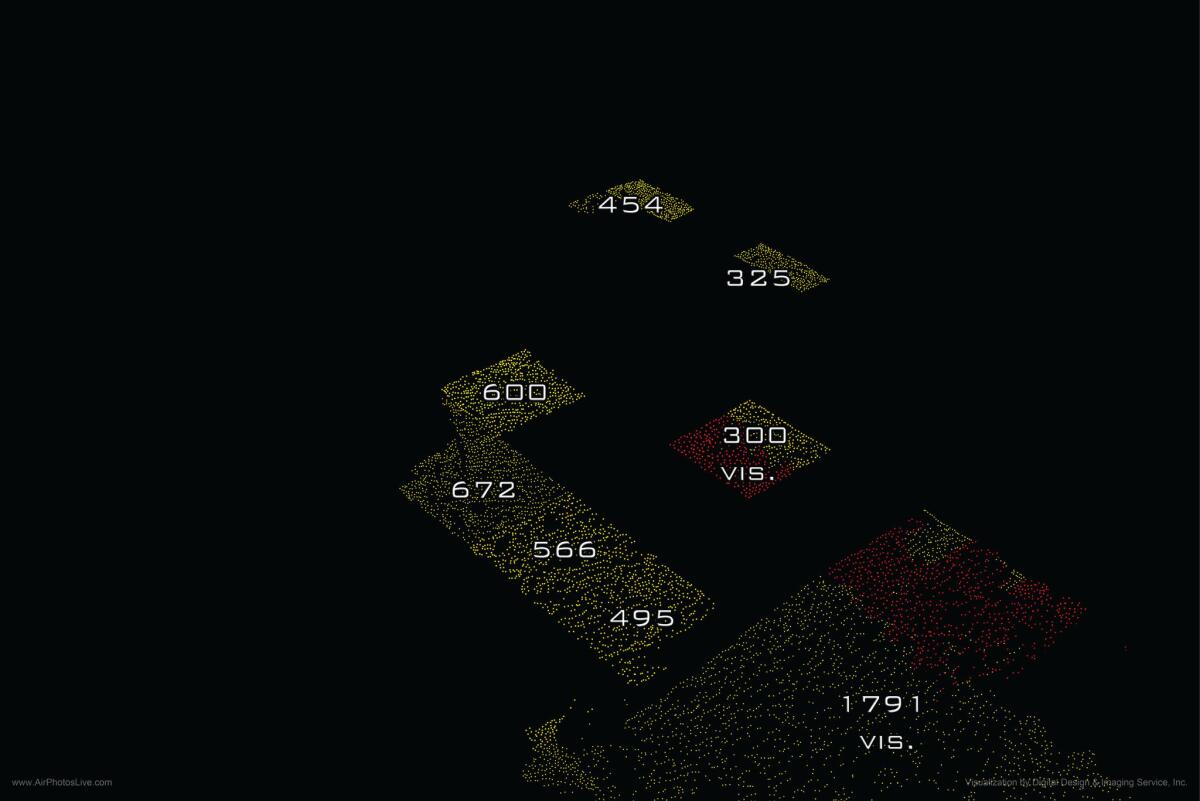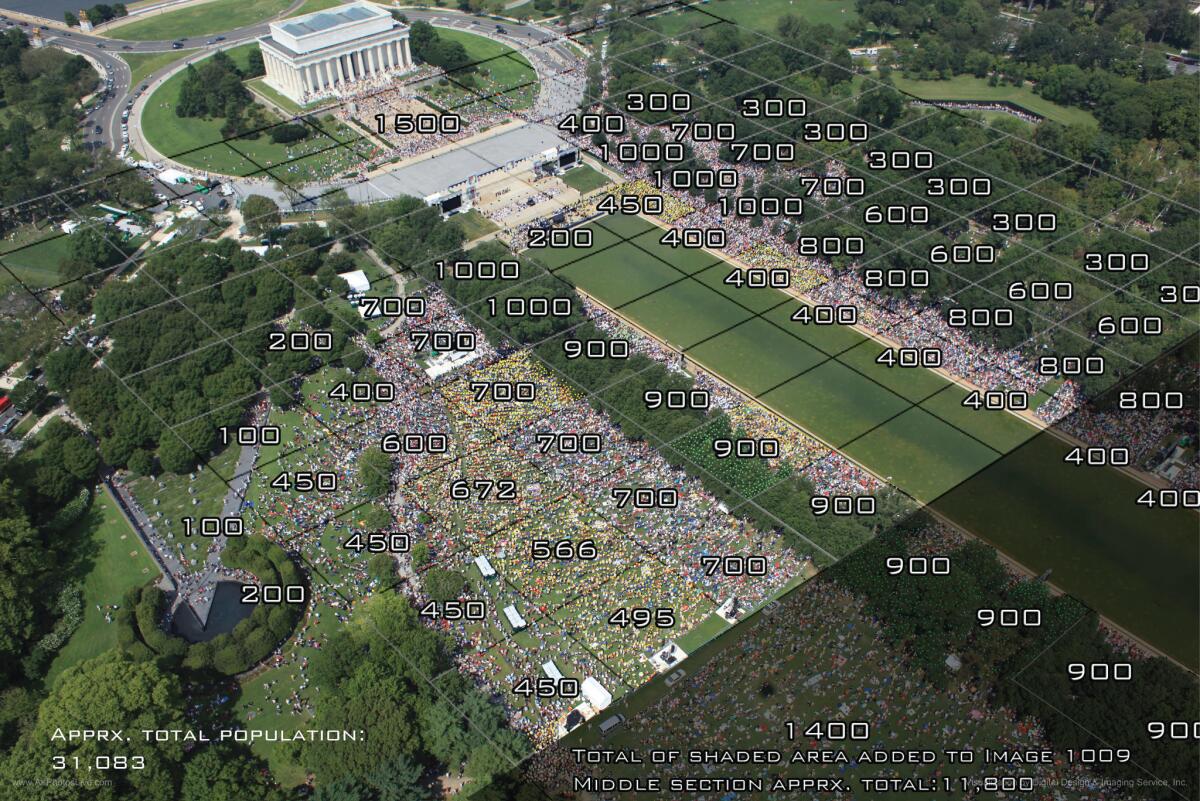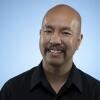The science behind crowd counting
Estimating the number of people attending large public events is extremely difficult, so it’s not really a surprise that President Trump and women’s march organizers disputed various reports published over the inaugural weekend.
Even though crowd movement and obstacles like trees and buildings hide people from view, there is a science to crowd counting. Here’s how one company, Digital Design & Imaging Services, created an estimate of attendance at a
Divide area into grids
A time lapse of aerial shots are taken from multiple vantage points to determine peak level of attendance. Images showing peak attendance are divided into grids.

Hand counting
Specific grids are chosen and the number of heads are hand-counted by multiple individuals. The counts are compared and averaged.

Isolating the count
Density models
People that are not visible due to shadow or vegetation are estimated based on density models.


Isolating the data
To more clearly visualize the density of the crowd, an image is generated without the background.

An overall count
The process is repeated for the entire event, making sure that people being counted in one area are not counted again. A total of 87,000 people were estimated to have attended this event.

Images courtesy of Digital Design and Imaging Service. Source: Ryan Shuler, Curt Westergard; Digital Design and Imaging Service.
ALSO
Horsey: Trump loathing unifies the diverse crowd at the massive L.A. women's march
The White House's 'alternative facts' about Trump's inauguration crowd and how they are wrong
In L.A. march, Grand Park performs well with huge crowds; Metro and Pershing Square, not so much




